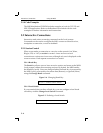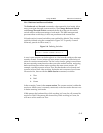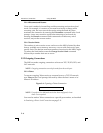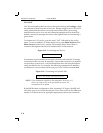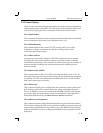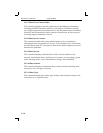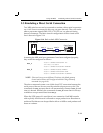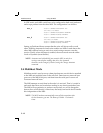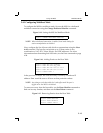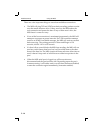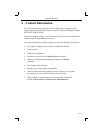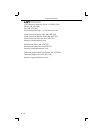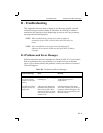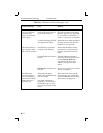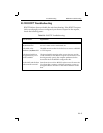
Multihost Mode Using the MSS
5 - 12
In UDP mode, each MSS would have to be conÞgured to both send packets to
and accept packets from the other MSS. The conÞguration is as follows:
mss_a
Local>> CHANGE DEDICATED TCP
192.168.5.10:4096U
Local>> CHANGE AUTOSTART ENABLED
Local>> CHANGE ACCESS DYNAMIC
mss_b
Local>> CHANGE DEDICATED TCP
192.168.5.2:4096U
Local>> CHANGE AUTOSTART ENABLED
Local>> CHANGE ACCESS DYNAMIC
Setting up Dedicated hosts ensures that the units will always talk to each
other. Enabling Autostart for both units enables one MSS to send data to the
other MSS without having to wait for a serial carriage return to start the
session. Finally, when Autostart is enabled, the access mode must be either
Local or Dynamic (more ßexible).
NOTE: Autostart can be disabled if you want the MSS to wait for a
carriage return before sending data. Also, the Autostart
character can be changed, if desired, using the Change Autostart
command.
5.4 Multihost Mode
Multihost mode is used to set up a data pipe between a serial device attached
to the MSS and multiple hosts on the network. Data from any network host
goes out of the MSS serial port, and data from the serial port is sent to all
connected network hosts.
The MSS attempts to send data in the order it is received. That is, it reads in
and sends data from one host before reading in any data from another host.
The MSS will not packetize or perform conversions, nor will it change the
data to show which host(s) it came from; the host(s) and serial device handle
this independent of the MSS.
NOTE: The MSS hardware automatically turns off the transmitter after
the last character goes out. The latency is within 1.5 character
times.



